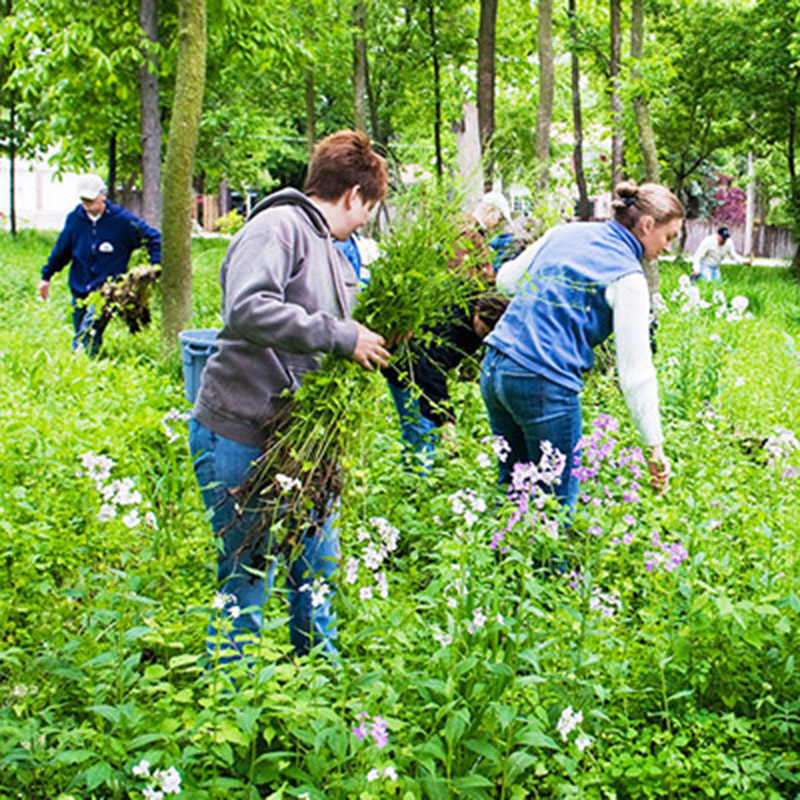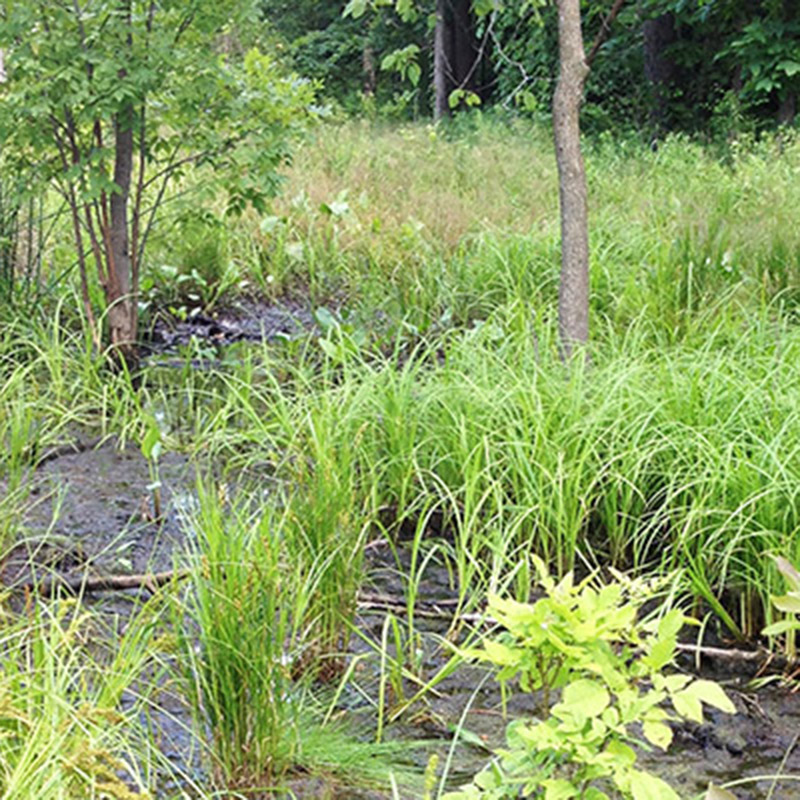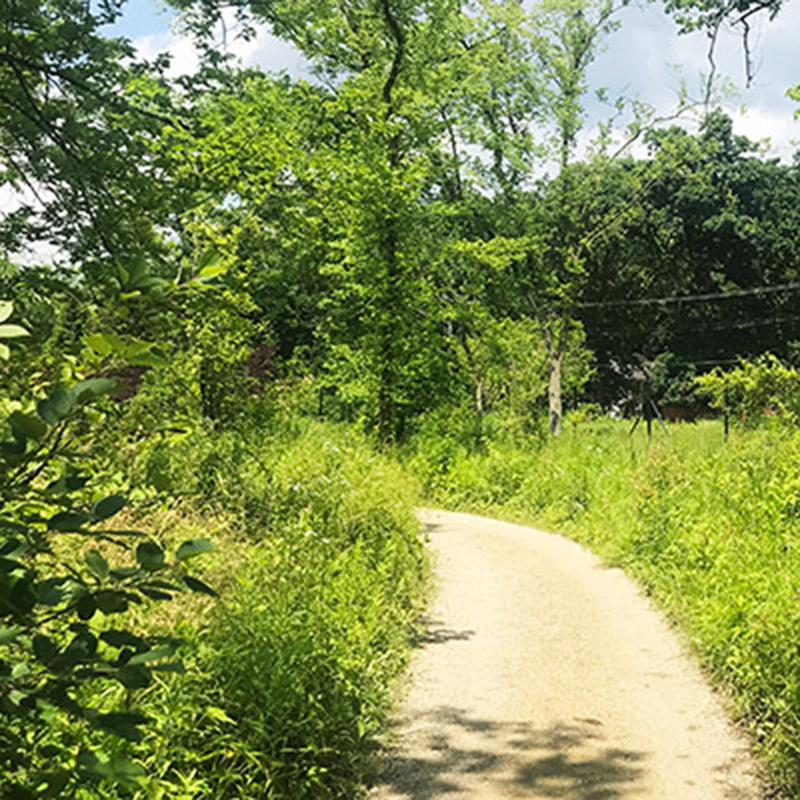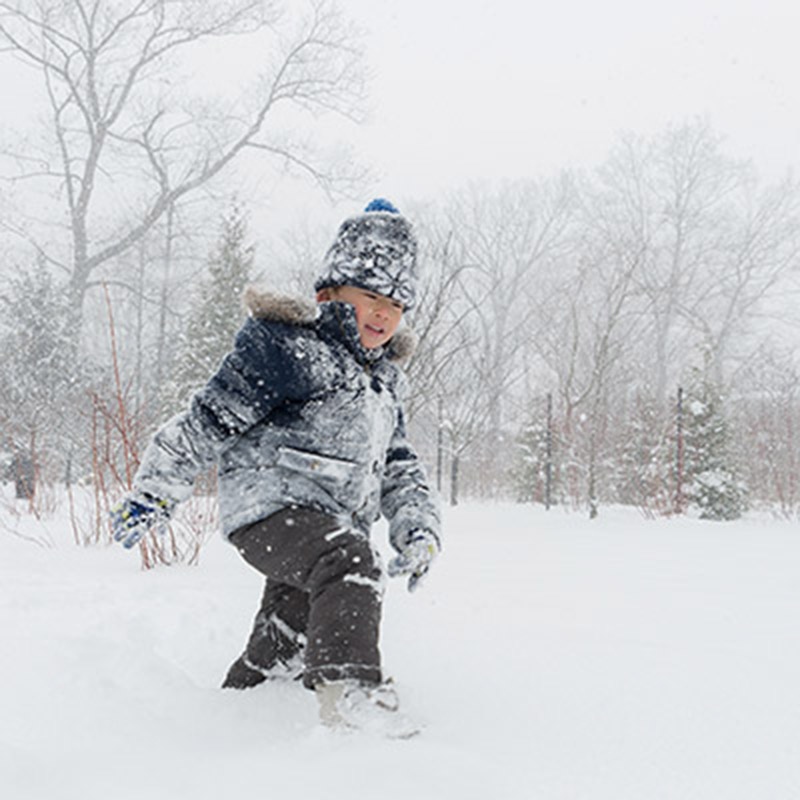The Lake Cook Natural Area is a narrow natural area that occurs along Lake Cook Road between the Skokie River and the Garden entrance. It is a testament to the value that even the smallest of areas bring when it comes to supporting natural species and processes.
Before restoration work began in 2010, this area contained scattered oak trees and wetlands but was dominated by invasive species like buckthorn. Our ecologists and volunteers removed the invasive species and reintroduced native species to the site, transforming it into a beautiful and diverse landscape on display for the vehicles, pedestrians, and bikers that pass by the Garden.
The roadside location of this natural area presents numerous management challenges, including constant dispersal of invasive species, high salinity from salt used on Lake Cook Road, and a location that prohibits any prescribed burns. Despite the challenges presented, Garden ecologists have found ways to manage this ecosystem, using well-timed mowing rather than prescribed burning to help keep invasive woody species at bay. The success of these efforts can be seen in the conservative wetland species now found in the area (in some cases, this area is the only place where conservative wetland species grow at the Garden). This natural area demonstrates that no parcel of land is too small for restoration, and highlights what can be done even along highly trafficked roadways.
This natural area is adjacent to Lake Cook Road, so it’s visible when approaching the Garden from the west. A pedestrian path, inside the Garden, parallels approximately half of the area along the southern boundary, running from the Carr Administrative Center to the Regenstein Learning Campus.
Watch this area change with the seasons—wetlands fill up with water after spring rains and young green shoots reach for the sun. In late summer, yellow and purple flowers shift to the yellow, orange, brown, and red colors of fall as leaves begin to change.
This area is part of the Nature Preschool campus, and is a backdrop for their outdoor classroom. Field trip groups also utilize the part of the natural area on the Garden side of the fence.





